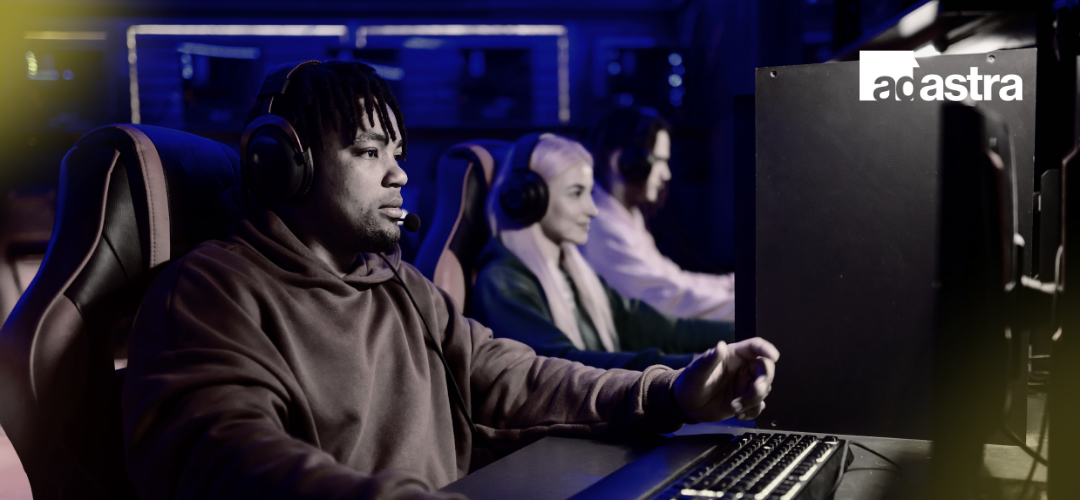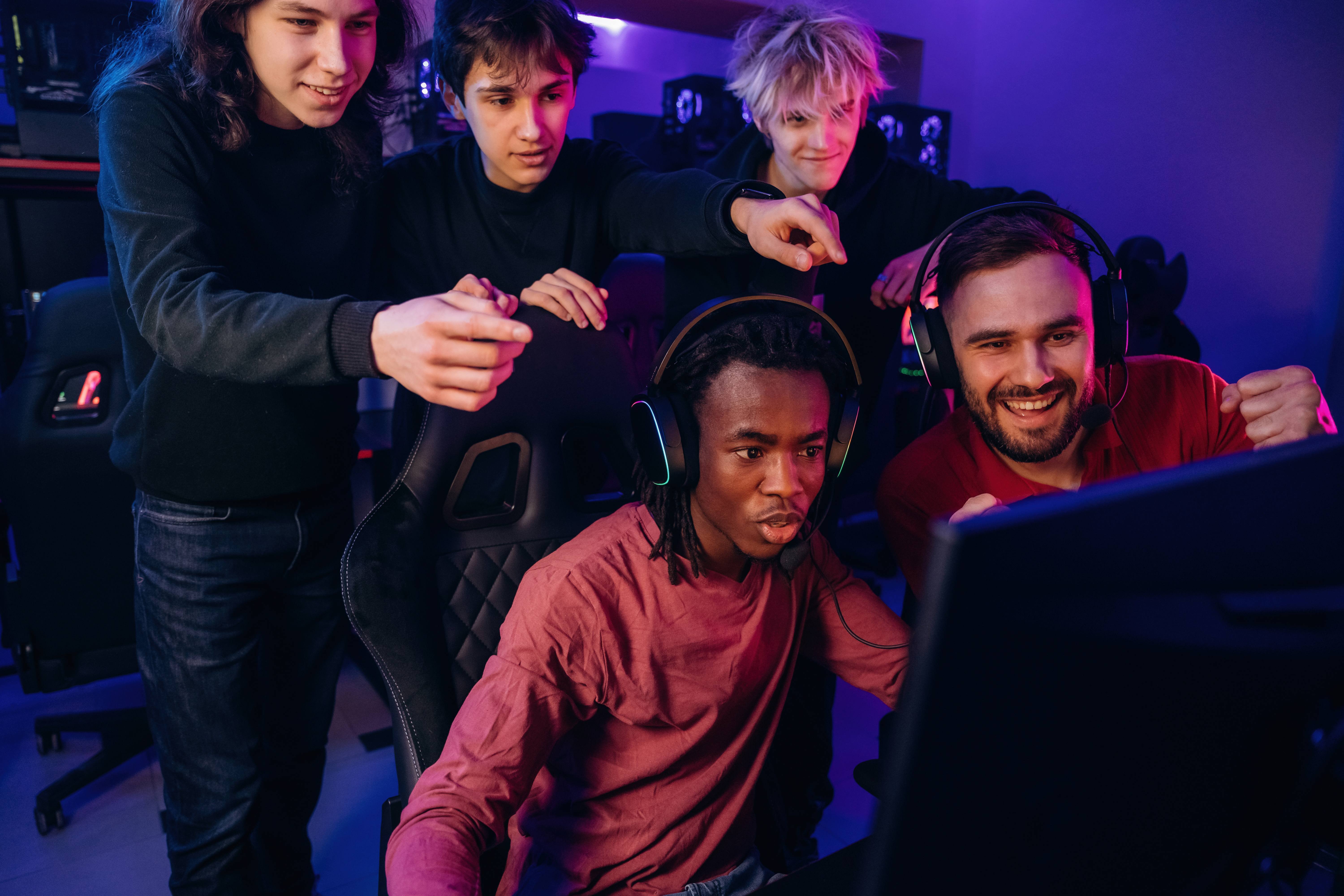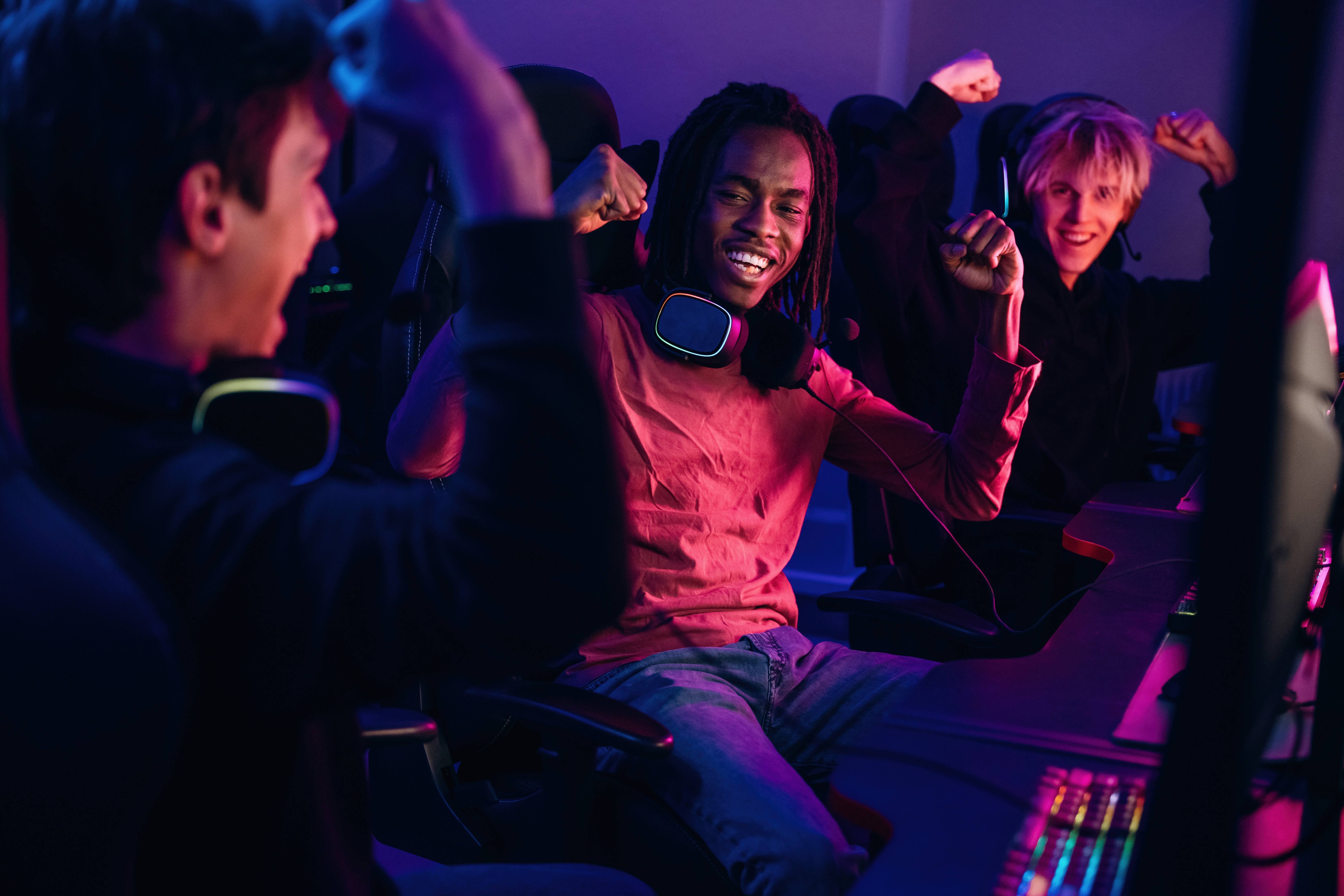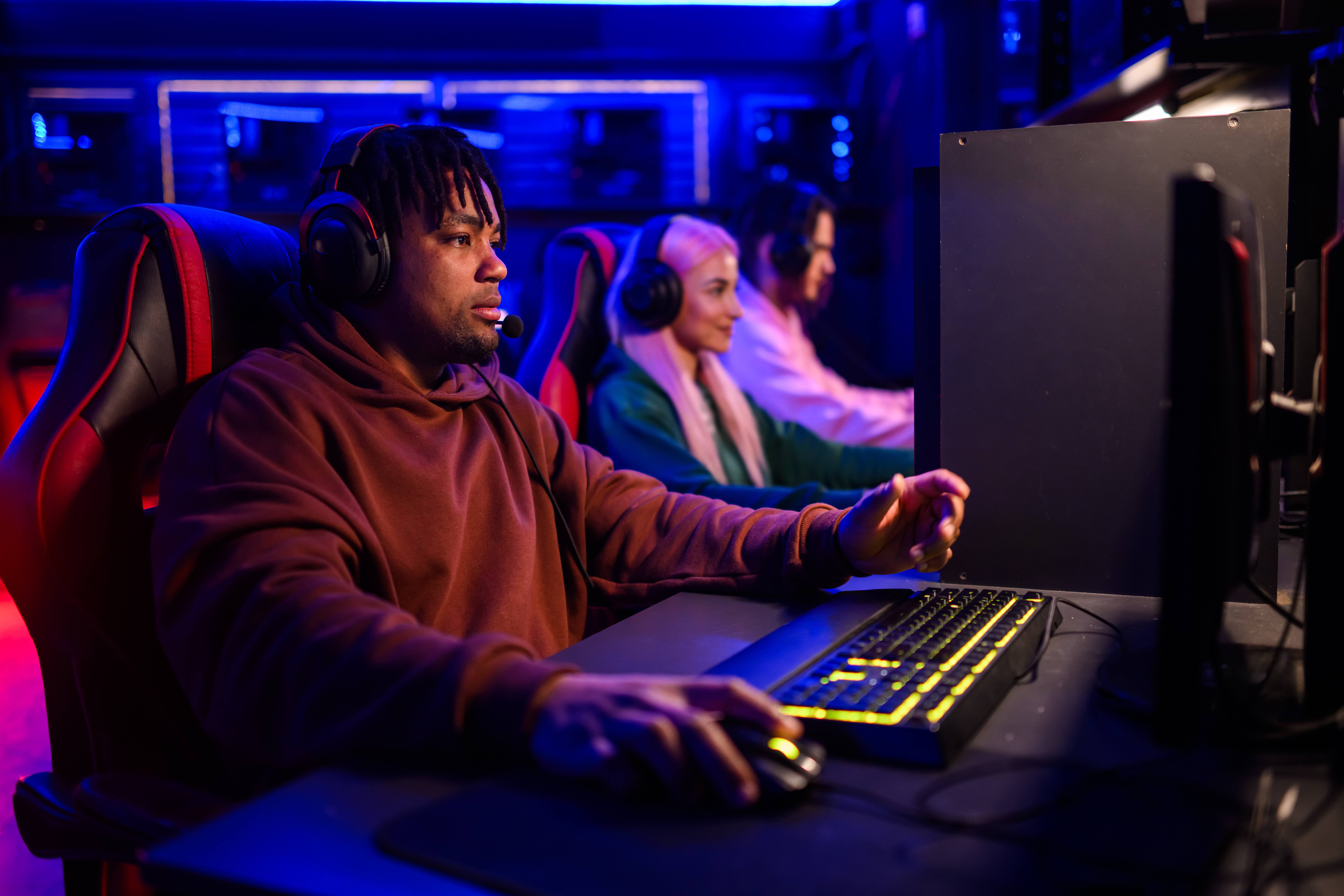Game Localization: How Video Games Win Global Audiences

In the gaming industry, success isn’t just measured by downloads - it’s measured by connection.
A great game doesn’t just cross borders; it crosses cultures. And that’s where game localization services come in.
From indie studios to AAA developers, game localization has become the secret weapon for reaching global audiences, building loyal fanbases, and increasing lifetime player value.
So, what makes a game truly global-ready? Let’s explore how localization and translation help video games speak to players’ hearts - no matter what language they speak.
What Is Game Localization?
At its core, game localization is the process of adapting a video game for players in different regions, languages, and cultures, going far beyond direct translation.
It involves reimagining everything that shapes the player experience:
-
In-game text and dialogue
-
Subtitles and voiceovers
-
Cultural references and idioms
-
Visual symbols and design elements
-
Legal, compliance, and age-rating adjustments
Unlike simple video game translation, which only changes the words, localization adapts the entire experience so it feels natural, relatable, and emotionally engaging to the target audience.
A localized game doesn’t feel translated - it feels native.

Why Game Localization Matters More Than Ever
The global gaming market is projected to reach $282 billion by 2030, with Asia, Latin America, and the Middle East showing the fastest growth.
Yet, according to Statista, more than *70% of gamers prefer to play in their native language.
That means localization isn’t just an option — it’s a growth strategy.
Proper localization can:
-
Boost engagement and retention rates
-
Increase downloads and in-game purchases
-
Strengthen brand reputation
-
Expand your game’s cultural reach
-
Improve player reviews and community growth
When done right, localization builds trust. Players feel seen, valued, and part of something global - not foreign.

The Difference Between Translation and Localization in Gaming
Let’s be clear: translation and localization aren’t the same thing.
-
Translation is linguistic — it changes words from one language to another.
-
Localization is experiential — it reshapes dialogue, humor, visuals, and context for cultural resonance.
For example:
In the Japanese release of Animal Crossing, one fish’s description includes a pun that makes sense in Japanese but not in English. During localization, the translators rewrote the line with a new pun that English speakers would enjoy — keeping the same spirit, not just the same meaning.
That’s the magic of localization. It’s not word-for-word. It’s emotion-for-emotion.

The Game Localization Process: From Script to Screen
Successful game translation and localization combines language mastery, creative adaptation, and technical precision. Here’s how it typically works:
-
Pre-Localization Analysis: Before translating a single line, linguists and developers collaborate to analyze the game’s text strings, UI, voice assets, and cultural context. This helps identify potential challenges — like idioms, humor, or sensitive content.
-
Cultural and Linguistic Adaptation: Translators adapt dialogue, item names, and mission text for cultural fit. For example, jokes or gestures that work in the U.S. might not land the same in Germany or South Korea.
-
Voiceover & Subtitling: For immersive storytelling, localized voiceovers (LVO) or subtitles are produced with native-speaking voice actors to preserve tone, emotion, and authenticity.
-
Technical Integration: Translators work closely with developers to ensure UI text fits screen limits, coding supports multilingual fonts, and all localized assets integrate correctly.
-
Localization QA (LQA): Every localized version undergoes linguistic, functional, and visual testing to ensure consistency, accuracy, and smooth gameplay.
-
Launch and Post-Launch Updates: After release, ongoing updates, DLCs, and live events are localized to keep global players equally engaged.
Localization isn’t a one-time task — it’s an ongoing collaboration between linguists, designers, and developers.

Challenges in Game Localization
While technology has made localization faster, creativity still reigns supreme. The biggest challenges include:
-
Cultural References – Humor, idioms, and slang often don’t translate directly.
-
Character Limits – Translating text into languages like German or Spanish can expand word length by 20–35%.
-
Consistency Across Platforms – Keeping terminology consistent across PC, console, and mobile versions.
-
Voiceover Synchronization – Matching localized dialogue with character lip movement or timing.
-
Regulatory and Rating Differences – Adapting to regional laws, censorship, and age classifications.
That’s why working with an expert gaming language services provider ensures quality, compliance, and authenticity from start to finish.
Case Studies: Games That Got Localization Right
-
🎮 The Witcher 3: Wild Hunt – Localized into 15 languages, including complete voiceovers for 7. The Polish original’s humor, idioms, and mythology were carefully adapted for each market, driving record-breaking global sales.
-
🕹️ Genshin Impact – Developed by miHoYo, this global hit is localized in 13 languages with native voiceovers. Its early investment in localization helped it achieve over $5 billion in revenue and dominate app stores worldwide.
-
🎯 League of Legends – Riot Games maintains in-country localization teams who adapt character lines, lore, and jokes to match cultural humor in each region, strengthening player community engagement.
Each of these studios understood that localization isn’t an afterthought, it’s part of designing for the world.

Ad Astra’s Approach to Game Localization
We combine linguistic expertise with creative storytelling and technical precision to deliver seamless game localization services for studios of all sizes.
Our gaming localization solutions include:
-
Video game translation for dialogue, UI, and in-game text
-
Multilingual voiceover and subtitling
-
Cultural adaptation and sensitivity review
-
Localization QA and playtesting
-
End-to-end project management using secure platforms
With access to qualified linguists, cultural experts, and experienced LQA testers, we help gaming companies bring their titles to life across languages and markets while maintaining brand voice, immersion, and gameplay integrity.
Whether releasing an indie puzzle game or a large-scale RPG, Ad Astra ensures your story feels right in every language.
Final Thoughts
The gaming world isn’t just expanding - it’s localizing.
Players don’t just want to understand your story. They want to feel like it was made for them.
That’s what makes game localization not just a translation task, but a creative and cultural mission.
Partnering with the right game localization company ensures your title can connect, compete, and captivate anywhere in the world.
🎮 Ready to go global?
Let Ad Astra help you bridge the gap between languages, cultures, and players.
👉 Learn more about our game localization services and see how we help studios build global success stories.



